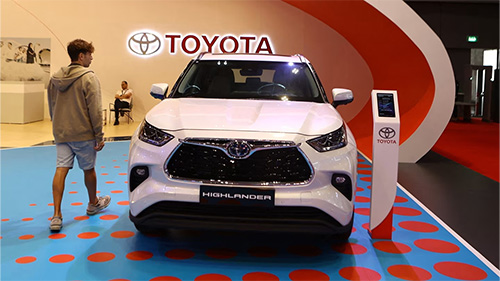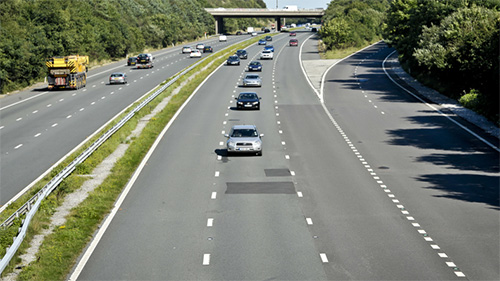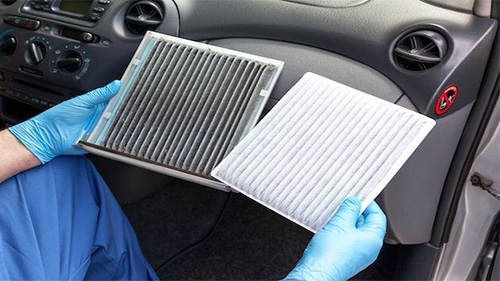Japan’s 2030 EV Gamble: 60% Sales Target or Bust?

Japan has placed a bold bet: by 2030, electric and electrified vehicles must account for 60 % of new sales—or risk losing its edge. But with today’s EVs making up just 2–3 % of new car purchases, this ambition is as electrifying as it is daunting.
For decades, Japan’s consumers and manufacturers have preferred hybrids: reliable, affordable, and easy to own—especially with limited charging infrastructure. In fact, hybrids surpassed traditional petrol and diesel vehicles in sales for the first time in 2023. Legacy automakers like Toyota and Honda have accelerated hybrid and hydrogen development while maintaining a measured, careful approach toward full EV adoption.
Infrastructure & Energy Constraints
As of early 2025, Japan has around 30,000 EV charging connectors—far below the government’s target of 300,000 by 2030. Fast-charging remains limited, particularly outside urban centres, reinforcing public concerns about convenience. Additionally, Japan’s energy grid remains heavily reliant on imported fossil fuels, which undermines the environmental payoff of going electric .
Rising Costs & Global Competition
Japan also trails in EV battery production. Once a world leader via Panasonic, it now has less than a 5 % global share, overshadowed by China’s CATL at nearly 40 %. Several domestic battery projects have been delayed or cancelled as automakers struggle with profitability amid sharp financial losses. Meanwhile, Chinese and Western manufacturers offer EVs at lower costs, pressuring Japanese firms to innovate fast .
Strategic Pivot & Technological Hope
Automakers are responding:
Toyota is ramping up EV platforms and solid-state battery R&D, though still cautious on full electrification.
Nissan aims to cut EV production costs by 30 % by 2030, plans over 30 new electrified models, and pioneers modular components to drive affordability.
Honda commits to 30 EV models by 2030, with major R&D investments in battery technology.
Furthermore, government incentives—subsidies of up to ¥1 million (~US $7,000) and tax breaks—along with public–private plans to install 600,000–300,000 chargers by 2030, aim to ease the transition.
Still, the transition is fraught. Akio Toyoda warns that a headlong rush to EVs could threaten up to 5.5 million jobs by 2030, given the reduction in parts and suppliers needed for ICE vehicles. Japan must guard its keiretsu system and manufacturing ecosystem—while simultaneously avoiding falling behind on the global EV race.
Japan’s high-stakes EV strategy is a story of contrasts: confident ambition meets cultural caution, innovation wrestles with infrastructure, and global competition tests traditional strengths. Whether it surges ahead—or stalls—this EV gamble will define the future of Japan’s world-leading auto industry.







